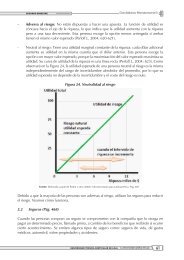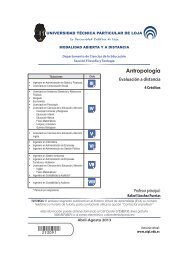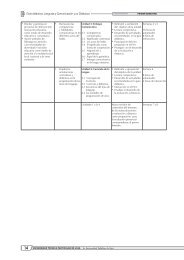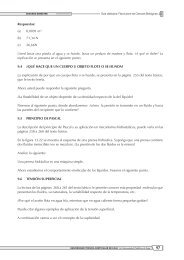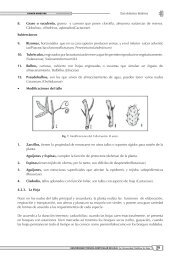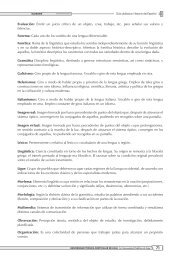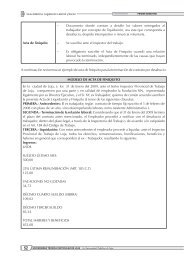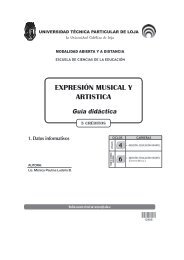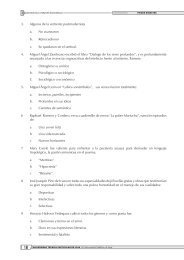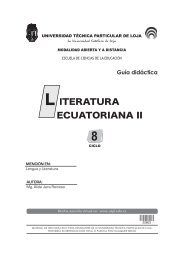Communicative Grammar III - Bad Request - Universidad Técnica ...
Communicative Grammar III - Bad Request - Universidad Técnica ...
Communicative Grammar III - Bad Request - Universidad Técnica ...
You also want an ePaper? Increase the reach of your titles
YUMPU automatically turns print PDFs into web optimized ePapers that Google loves.
Guía didáctica: <strong>Communicative</strong> <strong>Grammar</strong> <strong>III</strong><br />
Now, you know the meaning of cross-cultural IQ, so it is time to do the activities “Before you Read” and<br />
“After you Read”.<br />
How were the activities? I suppose they were easy. The following exercise will be very useful as well:<br />
Exercise:<br />
What’s the misunderstanding (or problem) in situation 1?<br />
_______________________________________________________________<br />
What’s the misunderstanding (or problem) in situation 2?<br />
_______________________________________________________________<br />
Once you complete the exercise above, take a look at the “<strong>Grammar</strong> Presentation” section in your<br />
textbook. Here you will see the structures of the present progressive and simple present. In addition,<br />
read the section “<strong>Grammar</strong> Notes” in which you will learn about the meanings and uses of the present<br />
progressive and simple present.<br />
If you do not know or remember the meaning of a grammar term, you can refer to the Glossary on<br />
page G-1 of your textbook, which provides definitions of grammar terms and examples.<br />
In order to check your understanding of what you read in “<strong>Grammar</strong> Notes”, do the exercises in the<br />
section “Focused Practice”. Before starting this section, look for the meaning of “culture shock”.<br />
Did you find the definition of “culture shock”? I hope so.<br />
Finally, go through the activities in the “Communication Practice” section in your textbook. This section<br />
will help you develop your listening and writing skills.<br />
If you have any doubt regarding the activities, please contact me.<br />
Well, we have finished this topic. Let’s review the following topic.<br />
1.2 Imperative<br />
It is important to learn that the imperative is used to tell or ask someone to do something. The imperative<br />
is also used in directions, instructions, orders, commands, suggestions, warnings, requests and informal<br />
invitations.<br />
We will start this topic by reading the chart in the “<strong>Grammar</strong> in Context” section in your textbook. After<br />
this, do the activities “Before you Read” and “After you Read”. These activities will help you understand<br />
the article called “The warrior Workout” which is a part of an exercise presented in a fitness magazine.<br />
How were the activities? I hope you didn’t have any problems.<br />
Now it is necessary to answer the following comprehension questions:<br />
UNIVERSIDAD TÉCNICA PARTICULAR DE LOJA La <strong>Universidad</strong> Católica de Loja 15



